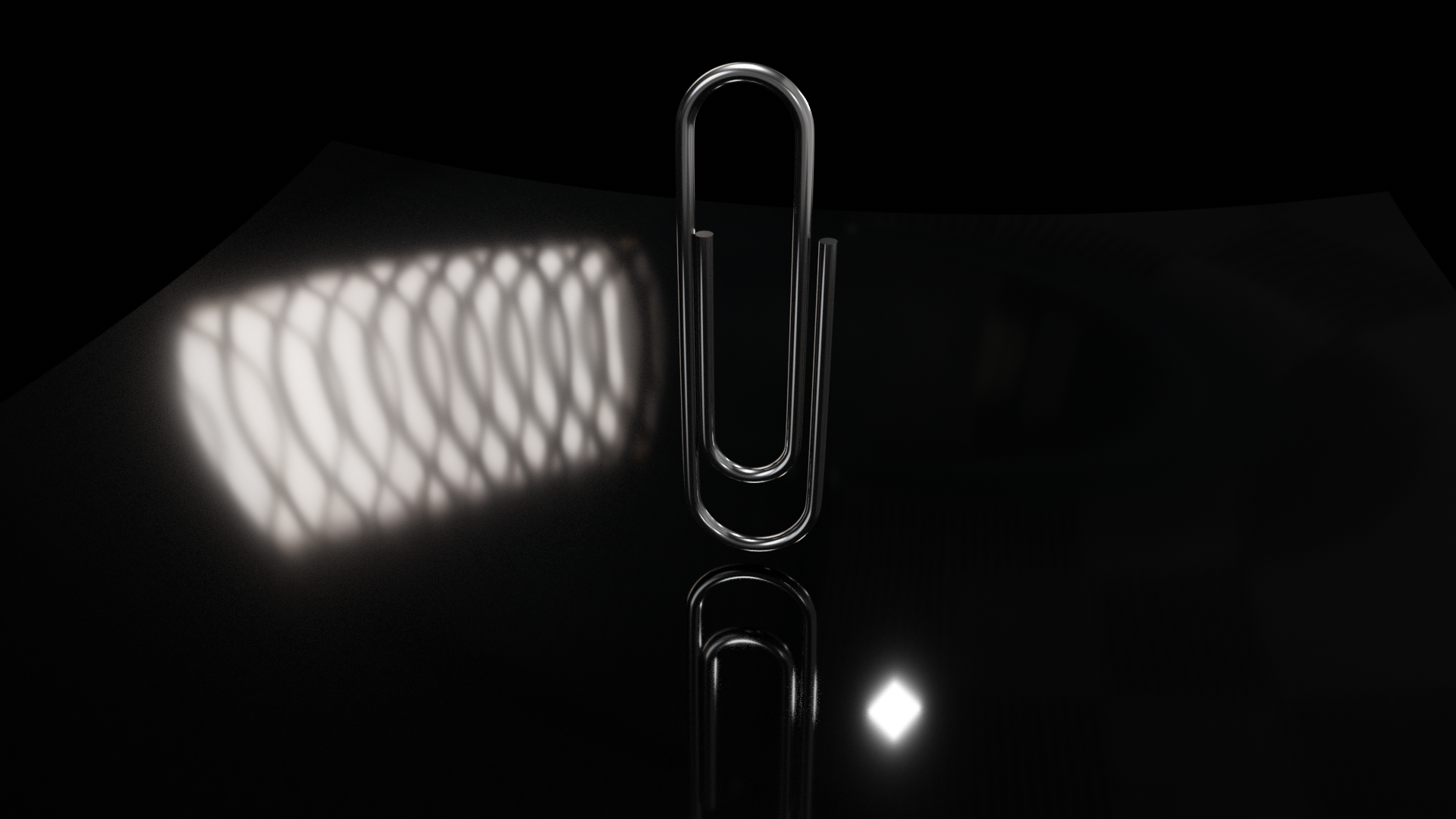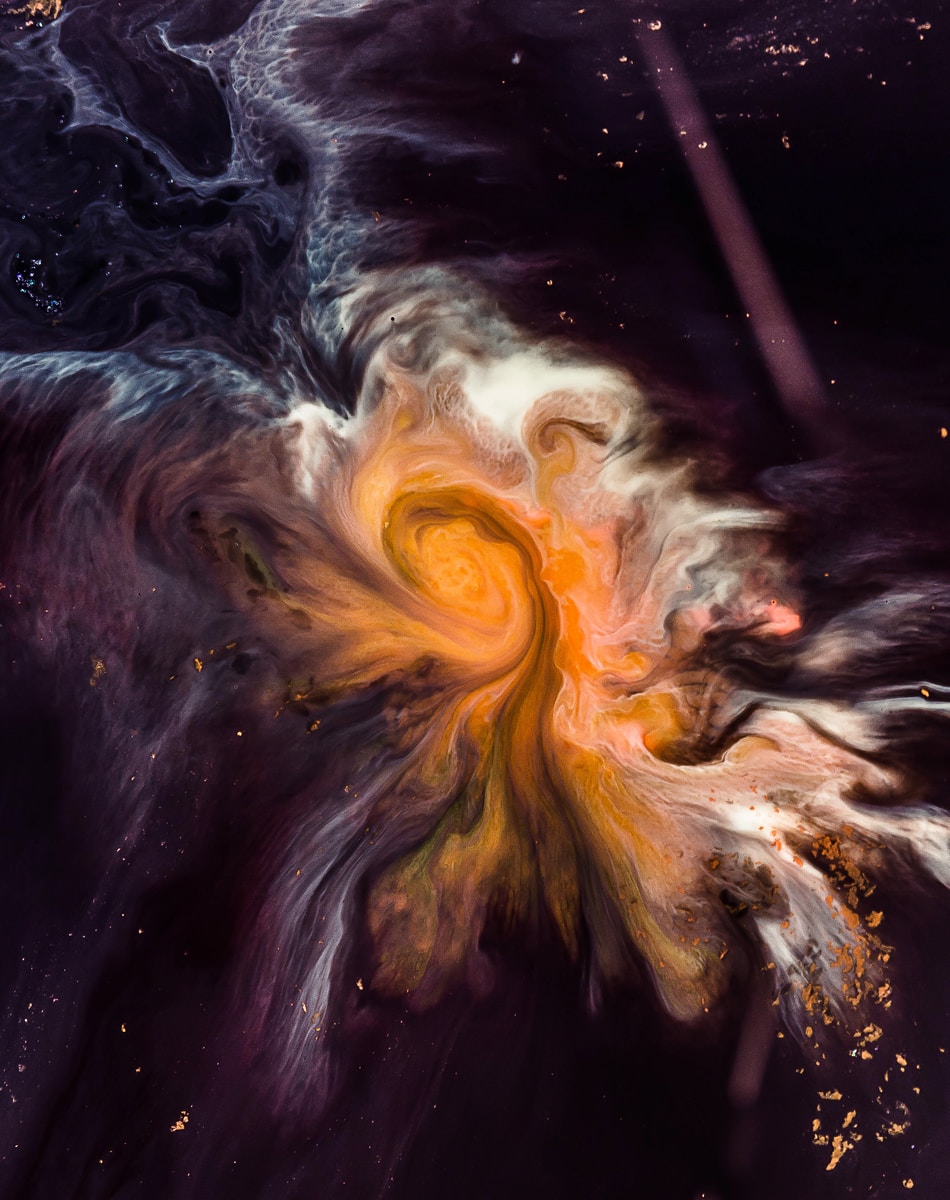Recently I was faced with the following situation: How does one make something cool? And what is “cool”, exactly? “Cool” seems to be this ever-changing intangible “something” that everyone wants. Perhaps the mysterious nature of “cool” is the very thing that makes “cool” so desirable. In other words, “cool’s” state of being is what perpetuates its own existence.
Nevertheless, suppose you have an object or product, that… don’t tell the manufacturer of this product, but… maybe this product doesn’t exactly posses the “cool”. This begs the question: Is “cool” transferable? Can someone or something become “cool” by association? I think so. Please allow me to spin the yarn of the following proposition:
Take for instance, the “Gem” style paperclip. First patented in 1892, the paperclip hasn’t really been an international symbol of “cool”. But is it possible to place the uncool paperclip in a cool environment? In today’s age of computer graphics, there’s actually quite a lot you can do. But I would argue the simple act of placing an uncool paperclip into a “cool” environment, and having it move about in was that are regarded as “cool”, could, in fact, result in a transfer of “cool”.


For the sake of this demonstration, let’s exclude the founding fathers of the paperclip, because, of course they will recognize and appreciate the “cool” of their own invention. Meanwhile, for the rest of us who need to temporarily bind bits of loose parchment in a manner that doesn’t damage said parchment… Our reaction to the paperclip: meh.
But what if you drop said paperclip into an environment that isn’t the typical environment of a paperclip? Something other than an office? Well that’s a good start. What if there was an environment that nobody had ever seen? Something dark? Oily? You’d end up with something like this:


This is by no means a complete experiment. There is quite a bit of work to be done, but this experiment was actually necessary to complete in order to push a different project through to completion. After it’s done, I will likely return to this experiment and deliver some better renders. See you then!
